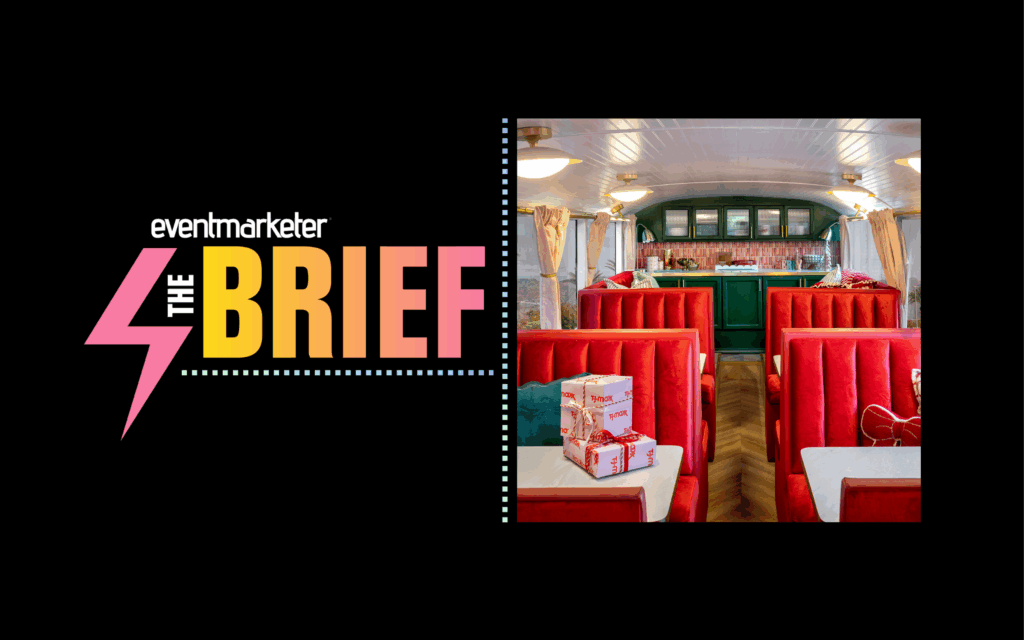When we write about the economics of the flog and other forms of fakevertising sites currently dominating the display space, at the core what we are really talking about are the mechanics of successful run of network, remnant advertising. Premium advertising is like ordering off of a menu, the more desirable the inventory, the higher the price. Run of network is the opposite. At best you get handed a menu with what might come on your plate, but more often it parallels sitting in a dark room and putting your fork into something hoping it tastes good. Those making remnant advertising work today share much in common with their predecessors – they have products that can appeal to a large percentage of the population and a low barrier of entry (whether real or just perceived) to boost conversions, along with a means for monetizing those conversions. Today’s flavor involves continuity programs with a credit card. The iteration prior was continuity programs with cell phones, with the first iteration requiring just a piece of data to get started. Incentive promotion, the once king of remnant advertising, aka “Win A Free iSomething,” no longer has the luster or volume it did before. But, in many ways, the mechanism that allowed it to succeed has inspired a new generation of run of network advertisers.
We all think of the free ipod style offers mainly for the products they promoted on the front end, i.e., what the consumer could get for "free." The beauty of incentive promotion offers is not only the flexibility the method allows for an almost infinite number of front end offers, but what the platform means on the backend . As a result of going through the process, whether they meant to or not, a consumer ends up a customer for one or more other companies. I’ve always likened it to standing in line at the supermarket. You were on your way to check-out, loaded with what you wanted, but somehow you end up with gum, candy, a magazine, batteries, and a gift card. In the case of the incentive promotion, you came to learn about a free something and ended up with information about timeshares, signed up to netflix , etc. The mechanism behind the incentive promotion takes one person and exposes them to many other offers. In this world, though, the one to many experience happens on a post click basis. A new breed of companies has taken the same one to many concept and focused not on a path with interchangeable offers but on a banner instead. It’s as though someone looked at the assets of the incentive promotion space – media buying and facilitating conversions on other advertisers – and distilled it. No more managing a complex path or having a brand that interfaces with the user.
There are two companies leading this new style of one to many ad platflorms. Like Google AdSense, they focus on traditional display ad units, breaking that space up among multiple advertisers. Unlike Google, they are not using any specific targeting, i.e. contextual advertising. The first, uses a two click method. Clicks on the banner lead to a landing page then to the advertiser’s site. The second uses a one click, where clicks on the ad in the banner go directly to the landing page of their advertiser.
Two Clicks
AdFusion runs the ARA Lifestyle site. Advertisers will work with AdFusion but users will see the ARA Lifestyle brand. Here is a recent ad:
The ad is branded ARA Lifestyle, with a curious "tm" in the corner. Those being promoted are in many ways some of the 1.0 of campaigns – stop snoring, anti-virus, and last minute travel. A click on one of the ads takes you to an ARA hosted page.
Interesting about that ARA play is that it fulfills the unofficial mission of one to many – helping those who can’t get display inventory on their own have access.
One Click
While ARA has been running for two years or more, the new and undisputed champ from a volume standpoint is AdBlade. In a motto that might read, "Why work with advertisers that can’t buy display… just work with those who want more display," AdBlade has shown an incredible knack for securing inventory. Here is one of their ads:
A click on any of the ads will go directly to the flogs being advertised.
One of the more interesting questions might be, why not just run their own flog? Not knowing the history of the company, they might have started that way or one or two of those ads might be their own. While we don’t know the answer, it allows them to profit off any trend without having to commit too fully to it. The better flogvertisers must run the flog and buy the media. By just focusing on the media, it gives them a traffic foothold not tied to the flavor of the day. It’s also a more difficult approach as any network can tell you – a chicken and egg game of traffic, advertisers and technology. Given their media relationships though and that they can serve the ad (a huge deal), I suspect they began out of the media / display game as opposed to the flog side. Like adknowledge, they’ve taken a chunk of inventory and turned it into a marketplace. Not a bad business if you can figure it out.



